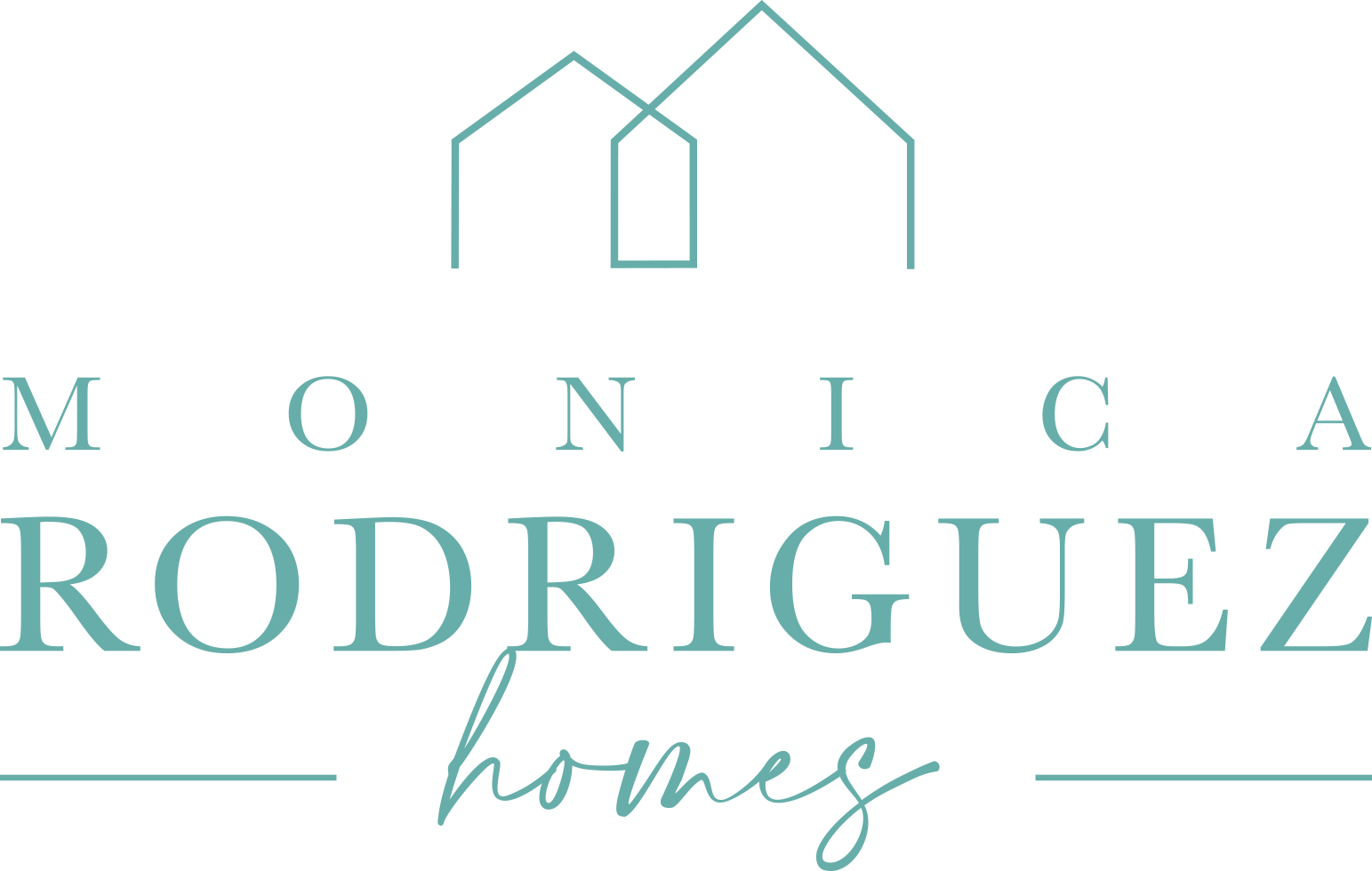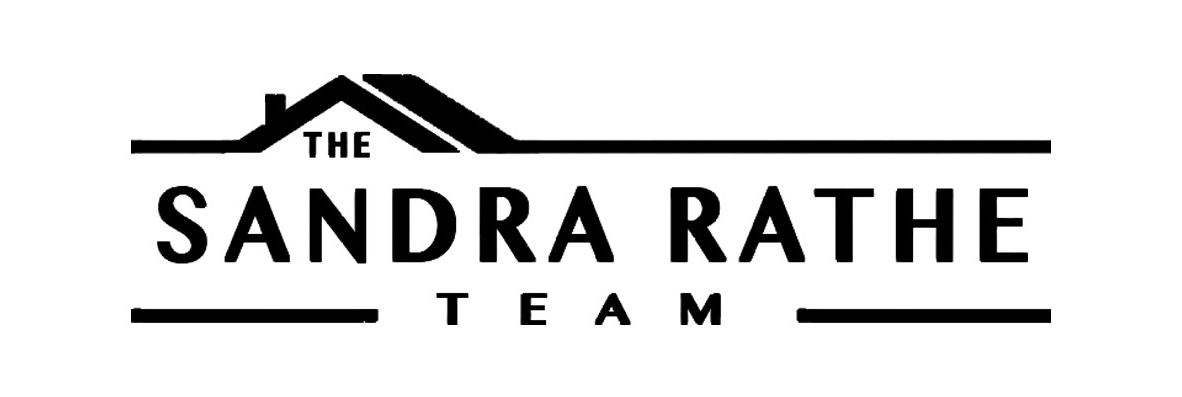Purchasing your first home is a milestone that combines excitement with the promise of stability. Whether you’re looking to settle into a cozy urban condo or dreaming of a spacious suburban house, the home-buying process can feel like a puzzle waiting to be solved. From saving for a down payment to understanding mortgage options, each step opens new doors to both financial and personal growth. While the real estate landscape may seem complex at first glance, gaining the right knowledge can make all the difference in your success. With some preparation and the right guidance, you’ll soon be stepping into a place that’s all your own.

Understanding Your Budget and Financial Readiness
Before diving into the home-buying process, it’s crucial to assess your financial health. Understanding your budget sets the foundation for your entire journey, ensuring that you approach each step with confidence. Start by taking a close look at your income, expenses, and savings. Figuring out your monthly budget for housing expenses like mortgage, property taxes, and insurance will refine your choices. A common guideline suggests keeping housing costs around 30% of your monthly income, but personal circumstances may adjust this figure.
One of the key components in financial preparation is building or assessing your credit score. Lenders use this to gauge your reliability as a borrower, so it’s worth checking your credit report for any discrepancies or areas for improvement. A higher credit score often translates to better mortgage rates, which can save you thousands over time. If your score needs a boost, consider paying down debt or avoiding large purchases until after securing your loan.
Don’t forget to account for upfront costs beyond the down payment, such as closing fees, home inspections, and potential repairs or renovations. While saving for a down payment is often the most time-consuming step, aiming for at least 20% of the home’s price can help you avoid private mortgage insurance (PMI), reducing your monthly expenses. However, there are also programs designed for first-time buyers that may require a smaller down payment. Taking the time to carefully evaluate your financial standing will empower you to make informed decisions as you move forward in your search.
Navigating Mortgage Options
Once your budget is set, it’s time to explore mortgage options that fit your financial picture. Mortgages come in a variety of forms, and understanding the differences is key to choosing the right one. Fixed-rate mortgages provide consistent monthly payments for the duration of the loan, commonly spanning 15, 20, or 30 years. This consistency makes them popular among first-time buyers, especially those looking for stability in their budgeting. On the other hand, adjustable-rate mortgages (ARMs) feature lower initial interest rates that adjust periodically after a fixed period. While ARMs may offer savings early on, they carry the risk of higher payments later, making them better suited for buyers planning to sell or refinance within a few years.
Government-backed loan programs provide valuable alternatives, particularly for first-time buyers with limited savings. FHA loans, insured by the Federal Housing Administration, allow for lower down payments and more lenient credit score requirements, though they often come with mortgage insurance premiums. VA loans, available to veterans and active-duty service members, offer zero down payment options and favorable interest rates without requiring mortgage insurance. For those purchasing in rural areas, USDA loans may also provide low or no down payment opportunities with competitive rates.
Before settling on a mortgage, it’s essential to get pre-approved. A mortgage pre-approval helps you understand how much a lender is willing to loan based on your financial profile. It not only provides a clearer picture of your buying power but also demonstrates to sellers that you’re a serious buyer. Take the time to shop around for lenders, as even a small difference in interest rates can significantly impact your overall cost. With the right mortgage in place, you’ll be well-prepared to begin the home search in earnest.
Choosing the Right Location
Location is one of the most important factors when buying your first home, as it can affect everything from your day-to-day lifestyle to long-term property value. Whether you’re eyeing a bustling city or a quiet suburb, it’s essential to consider how the area meets your current and future needs. Begin by thinking about proximity to work, schools, family, and amenities like grocery stores, parks, and healthcare facilities. A convenient location can reduce commute times, improve your quality of life, and even enhance the value of your investment over time.
Researching the neighborhood’s characteristics is also key. Look into the crime rate, local school quality, and community features such as walkability and access to public transportation. A neighborhood that feels safe and welcoming can contribute significantly to your sense of comfort and belonging. Additionally, exploring trends in the local real estate market can give you insight into how property values have changed over time and what might be expected in the future. Areas experiencing steady growth or undergoing development are often more likely to appreciate in value, benefiting you in the long run.
Consider how the neighborhood might evolve as your life changes. If you plan to start or expand a family, access to parks and reputable schools may be a higher priority. Alternatively, if you’re focused on convenience and vibrant city life, a more urban setting with restaurants, entertainment, and public transit could be appealing. Balancing your immediate lifestyle with long-term goals helps ensure that the location will continue to meet your needs as time goes on.
By carefully evaluating potential locations, you’ll find a neighborhood that suits your lifestyle and offers the potential for a solid investment, setting the stage for a satisfying home-buying experience.
House Hunting with Purpose
With your budget, mortgage, and preferred location in mind, the next step is to begin house hunting. This phase can be both exciting and overwhelming, as the sheer number of listings and options might seem endless. To make the process smoother, start by creating a list of must-haves and nice-to-haves. Must-haves are non-negotiable features like the number of bedrooms, bathrooms, or a specific layout, while nice-to-haves are features you’d like but can compromise on, such as a large yard or extra storage space. Knowing what matters most to you will help focus your search and avoid wasting time on homes that don’t meet your basic criteria.
Online listings are a great starting point for browsing homes, but seeing properties in person is essential to get a real sense of the space. Photos can be deceiving, and factors like layout, light, and overall condition are best evaluated during a walkthrough. When touring homes, take notes and pictures to help you remember key details later, especially if you’re visiting multiple properties in a short period. Consider factors like the home’s condition, potential repair costs, and how the space feels when you’re inside. It’s also helpful to picture yourself living there—does the layout suit your lifestyle? Is there room for growth or future changes?
Timing is another critical aspect. The housing market can move quickly, especially in competitive areas, so be prepared to act when you find the right home. However, avoid rushing into a decision. It’s important to weigh your options carefully, ensuring that the home meets your needs both now and in the future. By approaching house hunting with a clear purpose and keeping your priorities in mind, you’ll be better equipped to find a home that feels right and fits your long-term goals.
Making a Strong Offer
Once you’ve found the home that feels right, the next step is crafting a competitive offer. In a hot market, homes can receive multiple bids, making it important to strike the right balance between offering enough to stand out and staying within your budget. Start by reviewing the asking price and comparing it to similar homes recently sold in the area. This will give you a sense of whether the price is fair, overpriced, or underpriced, helping you determine your starting offer.
Your offer isn’t just about price, though. Other factors can strengthen your position and make your bid more appealing to sellers. One of the most effective strategies is securing a mortgage pre-approval before making your offer. A pre-approved mortgage shows sellers that you’re financially ready to close the deal, giving them more confidence in your bid. Additionally, consider offering flexibility in terms of closing date. If the seller needs more time to move out, being accommodating could give you an edge over other buyers.
Including an earnest money deposit is another way to demonstrate your seriousness. This is typically 1-3% of the purchase price and signals that you are committed to moving forward if your offer is accepted. Contingencies—such as home inspections or financing approvals—are standard in most offers, but limiting them to essential ones can make your bid more attractive to the seller. However, be cautious not to waive important protections like an inspection just to compete, as this can expose you to unforeseen issues later.
Crafting a strong offer requires striking a balance between appealing to the seller and protecting your own interests. By doing your research and working within your financial limits, you can present a competitive offer that increases your chances of securing the home you love.
Home Inspections and Appraisals
After your offer is accepted, the next critical step is ensuring the home is in good condition and that you’re paying a fair price for it. This involves both a home inspection and an appraisal, each serving a distinct purpose in the home-buying process. A home inspection uncovers any hidden problems with the property, whereas an appraisal confirms that the home’s market value matches the selling price.
A home inspection is typically scheduled shortly after your offer is accepted and is a thorough examination of the property’s structure and systems. The inspector will assess things like the foundation, roof, plumbing, electrical systems, and HVAC. Even if a home appears well-maintained, inspections can uncover hidden problems such as water damage, faulty wiring, or outdated plumbing. As the buyer, you’ll receive a detailed report outlining any issues found, which can inform your next steps. If significant repairs are needed, you may negotiate with the seller to lower the price or request that repairs be made before closing.
Simultaneously, your lender will arrange for an appraisal to confirm the home’s value. The appraiser evaluates the home’s condition, size, and features, comparing them to recent sales of similar homes in the area. If the appraised value matches or exceeds your offer, the process moves forward smoothly. However, if the appraisal comes in lower than the agreed price, it could complicate your mortgage approval. In this case, you may need to renegotiate with the seller, either lowering the sale price or covering the difference yourself.
Both the inspection and appraisal safeguard your investment, ensuring the home is worth what you’re paying and that there are no unexpected issues that could cost you down the road. With these steps complete, you’ll have greater confidence in your decision to move forward with the purchase.
Understanding Closing Costs and Finalizing the Purchase
As your home purchase approaches the final stage, it’s time to focus on closing costs and the final steps of the process. Closing costs refer to the various fees and expenses you’ll need to pay before officially taking ownership of the home. These costs typically range from 2% to 5% of the home’s purchase price, so it’s essential to factor them into your budget early on.
Common closing costs include loan origination fees, appraisal fees, title insurance, and attorney fees. You’ll also encounter prepaid expenses like property taxes, homeowner’s insurance, and sometimes even mortgage interest. Your lender will provide a Closing Disclosure a few days before the closing date, outlining these expenses in detail so you’re not caught off guard. It’s important to review this document carefully to ensure everything is accurate and that you fully understand the charges.
At closing, both you and the seller will sign the necessary paperwork to transfer ownership of the property. This usually takes place at a title company or attorney’s office, and while the process might feel overwhelming, it’s the final step before you receive the keys to your new home. Make sure to bring identification and any required documents, and be prepared to cover the remaining balance of your down payment and closing costs. These payments are typically made via cashier’s check or wire transfer.
During the closing process, you’ll also review and sign loan documents if you’re financing the home. Once everything is signed and verified, the funds will be disbursed to the seller, and the title will be transferred to your name. At this point, you’ll officially become the homeowner. Understanding the full scope of closing costs and preparing for the final steps will ensure a smooth transition from buyer to homeowner, bringing you closer to the moment when the home is truly yours.
Moving In and Settling Into Your New Home
Once the keys are in hand, the excitement of moving into your first home begins. While the thrill of owning your own space is undeniable, organizing the move and getting settled can feel like a major task. A well-thought-out plan will make the process smoother and help you transition into your new home with less stress. Start by scheduling your move-in date, coordinating with movers or renting a moving truck, and setting up essential utilities such as electricity, water, gas, and internet. Make sure these services are active by the time you move in to avoid any delays or inconveniences.
As you move your belongings, it’s a good idea to organize your items room by room. Labeling boxes according to the rooms they belong in can save time during unpacking, allowing you to focus on essentials first. For instance, prioritize setting up your kitchen, bathroom, and bedroom so that you have everything you need for daily life while you gradually tackle the rest of the house. Moving can also be the perfect time to declutter. Consider donating or discarding items you no longer need, which can lighten your load and help you start fresh in your new space.
Once you’re settled in, take some time to familiarize yourself with the neighborhood. Meeting your neighbors, exploring nearby parks, restaurants, and local shops, and learning about the community can make the transition more enjoyable and help you feel more at home. It’s also important to address any immediate maintenance needs, such as changing the locks, checking smoke detectors, and ensuring your home’s security systems are in place.
Settling into your new home is an exciting phase where you begin to make the space truly your own. With some organization and thoughtful planning, you’ll be able to enjoy the comfort and freedom of your first home in no time.
Your Next Steps Toward Homeownership
Becoming a first-time homeowner is an achievement that brings pride, stability, and a sense of accomplishment. With each step—understanding your finances, selecting the right mortgage, choosing a location, and navigating the buying process—you’re building the foundation for a successful investment and a comfortable future. While the process can seem complex at times, with the right knowledge and careful planning, you’re well on your way to making informed decisions that will benefit you for years to come.
When you’re ready to take the next step toward homeownership, reach out. Whether it’s guidance on your home search, insight into local markets, or support with making your first offer, I’m here to help make the process as smooth and rewarding as possible. Together, we can make your home-buying experience an exciting reality.




